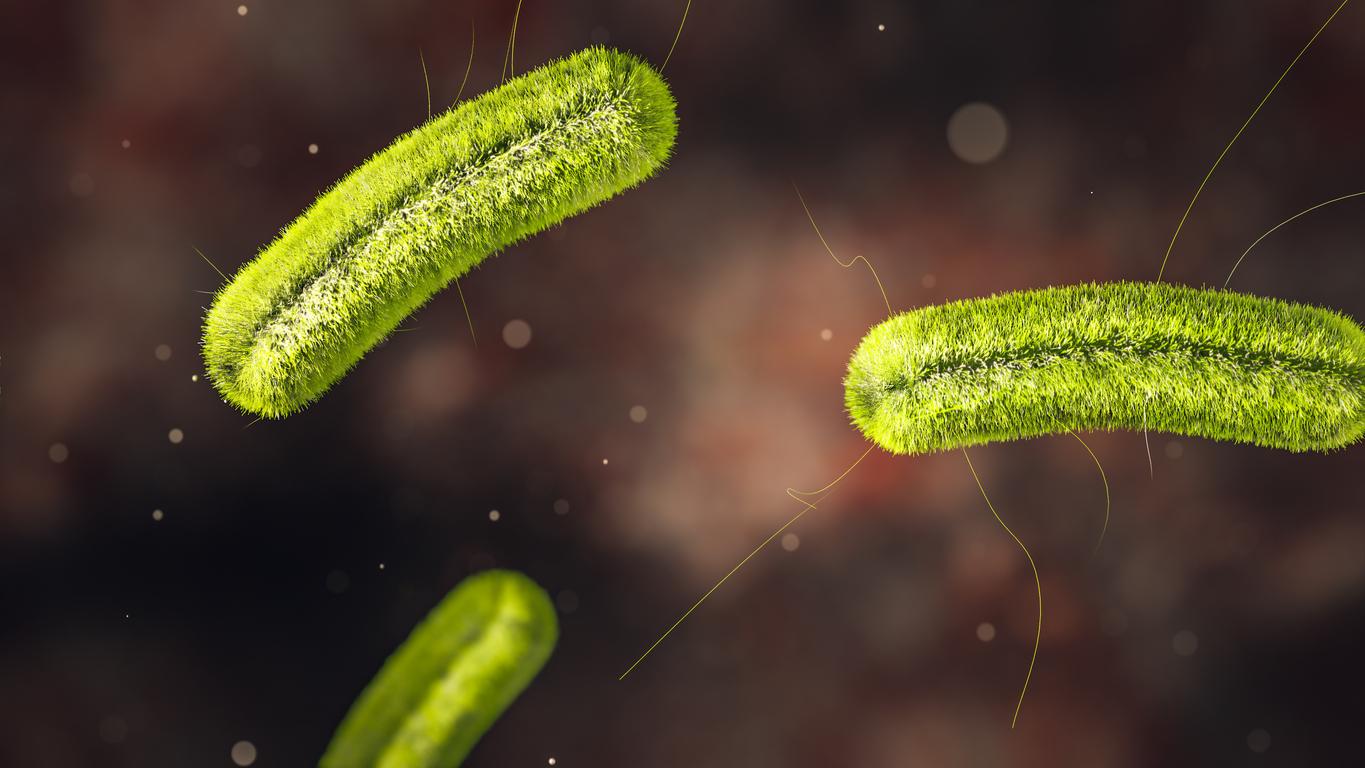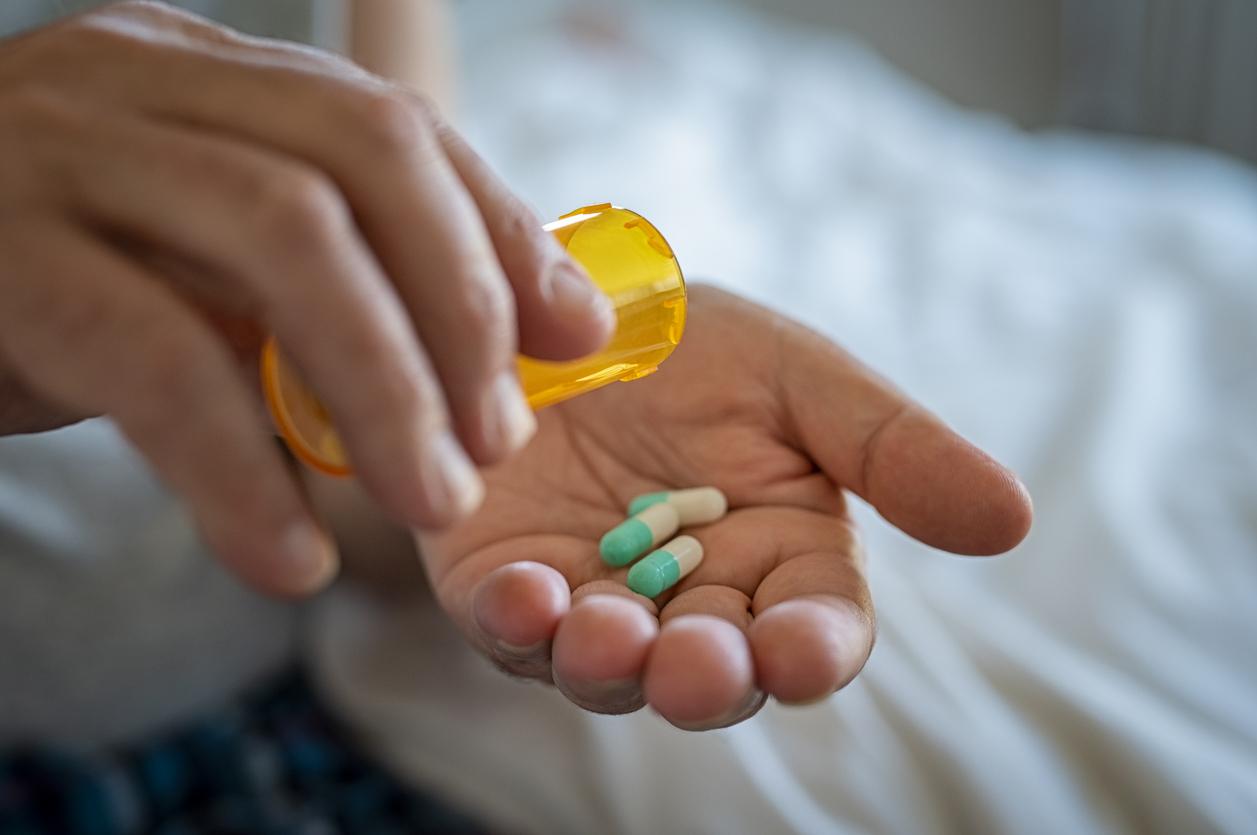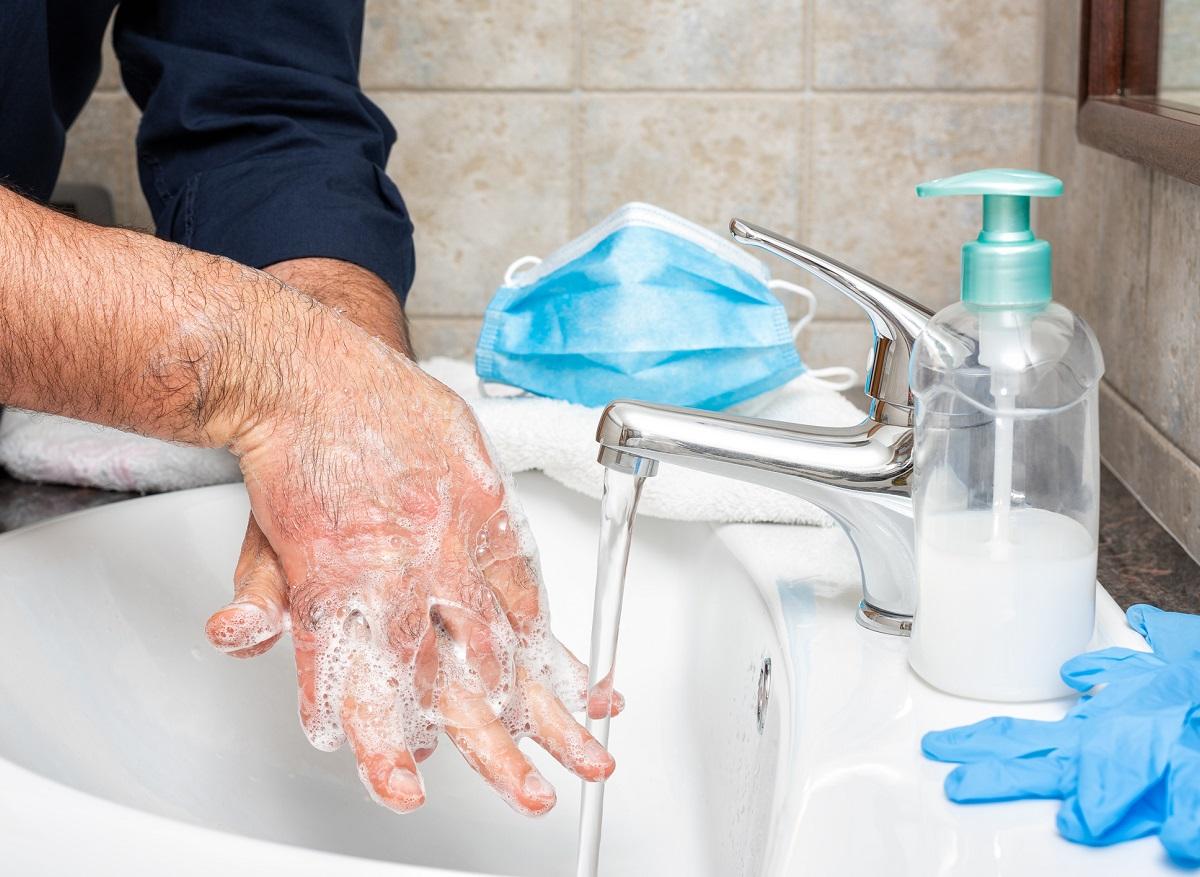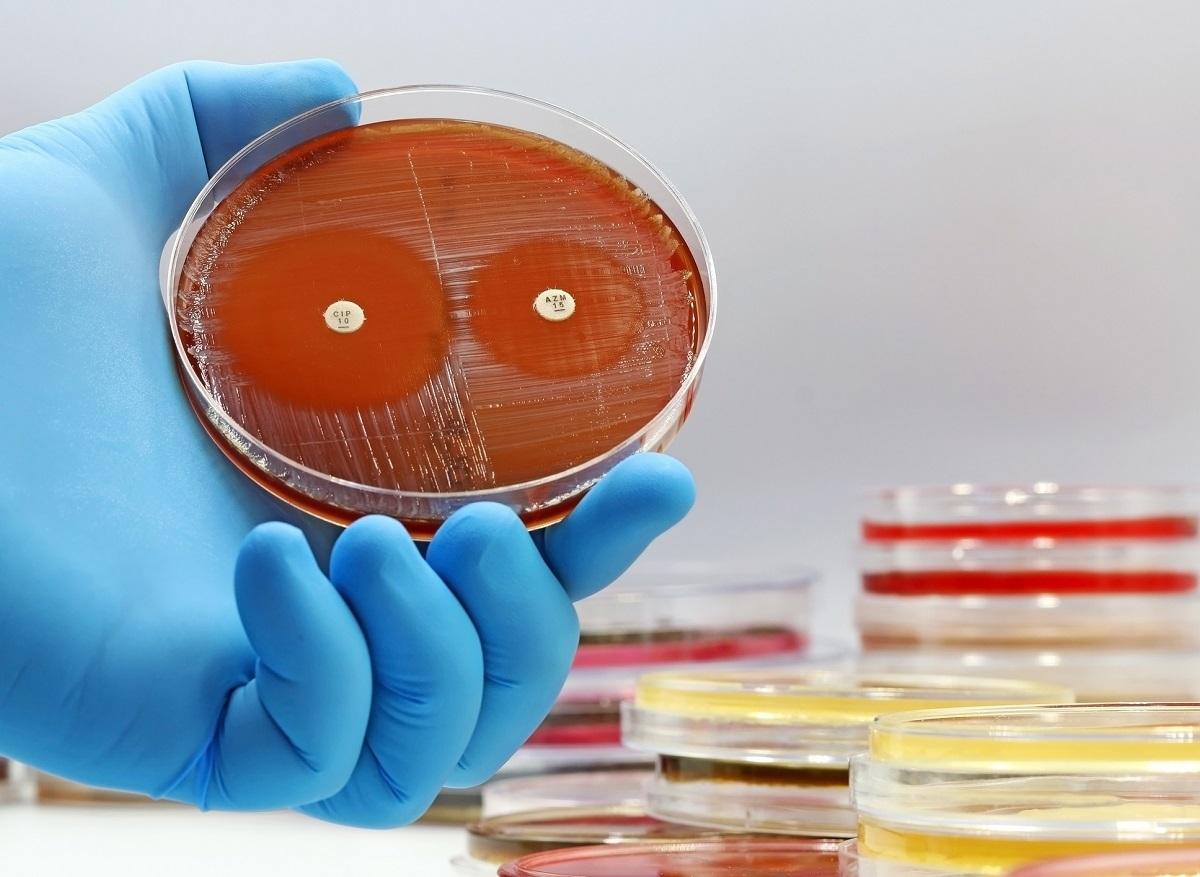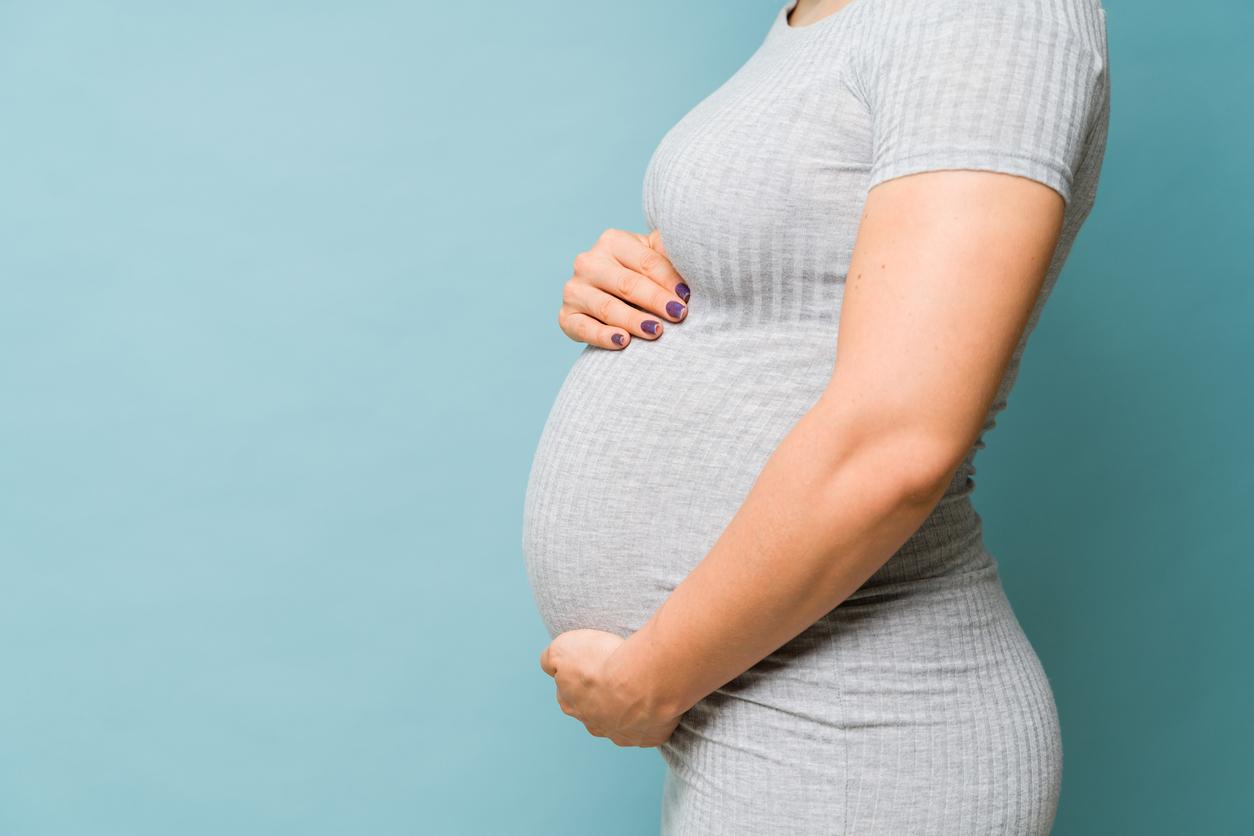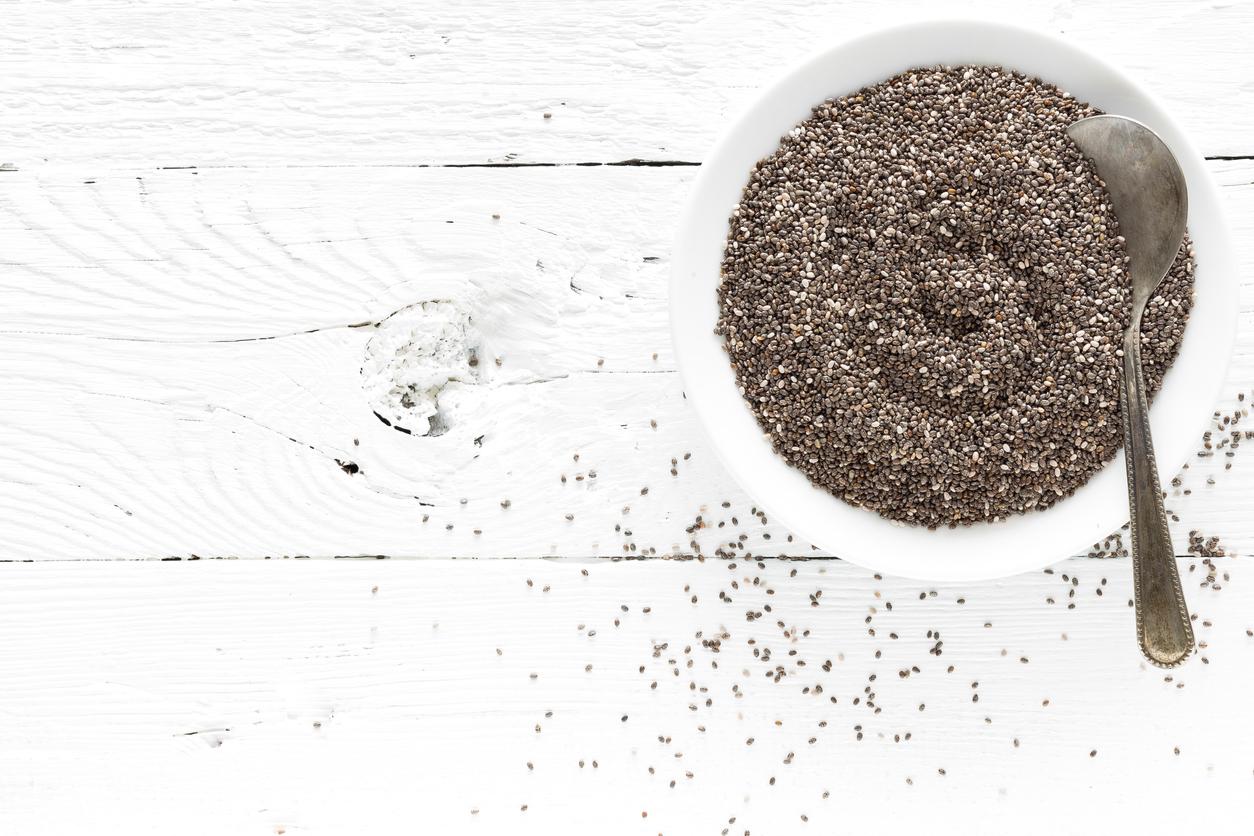Probiotics, traditionally prescribed after taking antibiotics, would not be the best option.
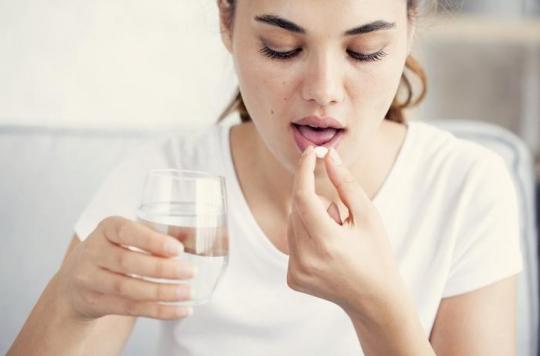
Researchers evaluated three types of care intended to restore our biological balance following antibiotic treatment: probiotics, faecal transplantation and fiber consumption. It would seem that the third option is preferable to the other two.
Antibiotics kill harmful bacteria that cause disease, but also cause collateral damage to the microbiome, the community of bacteria that lives in our gut. This results in a profound, though usually temporary, depletion of beneficial bacteria.
Bacterial strains
The classic strategy for mitigating this disturbance is to take a probiotic supplement, containing live bacteria, during or after antibiotic treatment. The logic is simple: the beneficial bacteria in the gut are damaged by antibiotics, so why not replace them with the “beneficial” bacterial strains of probiotics to help the gut bacteria get back into balance?
This assumption has been challenged by a recent study. The participants took antibiotics and were divided into two groups: the first group received an 11-strain probiotic preparation for four weeks; the second received a placebo.
A complex system
The researchers found that antibiotic damage to the gut bacteria of people in the first group allowed the probiotic strains to effectively colonize the gut. But this colonization delayed the normal recovery of the microbiota, which remained disrupted throughout the six-month study period. On the other hand, the microbiota of the second group returned to normal within three weeks following the administration of the antibiotics. So this research reveals a startling truth: We still don’t know what types of bacteria are truly beneficial, or even what constitutes a healthy microbiome.
Furthermore, individual bacterial strains are unlikely to be particularly useful. Rather, it is the thousands of microbes working together that could be beneficial to health. This means that adding one or even 11 strains of bacteria to a probiotic does not impact the balance of this complex system.
Fuel for bacterial fermentation
The study also explored an alternative approach to restoring microbiomes. One group of participants had their own stool collected and frozen before antibiotic therapy. They were then reintroduced into their intestines at the end of the antibiotic therapy. This treatment, known as fecal transplantation, restored the microbiome to its original level after just eight days. The other group took 21 days to recover. This approach therefore effectively restores the intestinal microbiome following antibiotic treatment, but these patients nevertheless remain at risk of serious complications, such as infection of the bloodstream.
Fibers are a third alternative. The fibrous compounds pass undigested through the small intestine and enter the colon, where they act as fuel for bacterial fermentation. So if you’re on antibiotics or have recently completed treatment, be sure to eat plenty of vegetables, fruits, and whole grains. Your gut bacteria will thank you.
.



